Start Right Kars: Spring Landscape Consult Avoids Mistakes
Quick Summary
- Early spring (post-snowmelt) is ideal for landscape planning in Ottawa as the yard's structure is visible.
- A consultation helps avoid costly mistakes like poor plant choices for clay soil or ignoring drainage issues.
- Key steps include property assessment, collaborative brainstorming, and receiving tailored recommendations.
- Eco-friendly options like native plants and water management create sustainable, low-maintenance yards.
- Planning ahead secures resources and professional help before the busy season.
Ready to transform your Kars property this spring? Avoid costly mistakes and ensure beautiful results by starting with expert advice. Request your personalized landscape consultation today!
Introduction: Spring Forward, Not Sideways! Avoiding Landscaping Blunders in Kars & Ottawa
Ah, spring in Ottawa! The snow *finally* melts, the birds are chirping, and that irresistible urge to get outside and transform your yard kicks in. It’s a wonderful feeling! But hold on a second – sometimes, in that burst of sunny enthusiasm, we jump into landscaping projects a bit too fast. Maybe it's choosing plants that won't *actually* survive our tricky climate, or starting a garden design that looks better on paper than in reality. Suddenly, instead of springing forward, our best intentions take a costly detour sideways. For homeowners in beautiful areas like Kars, Manotick, and Greely, a simple spring landscaping consultation is the smartest first move. Think of it as friendly, expert advice *before* you invest time and money. Let's chat about your vision, avoid those common blunders, and make sure your landscaping dreams become a beautiful, stress-free reality this year.
Why Spring in Ottawa is the Golden Hour for Landscape Planning
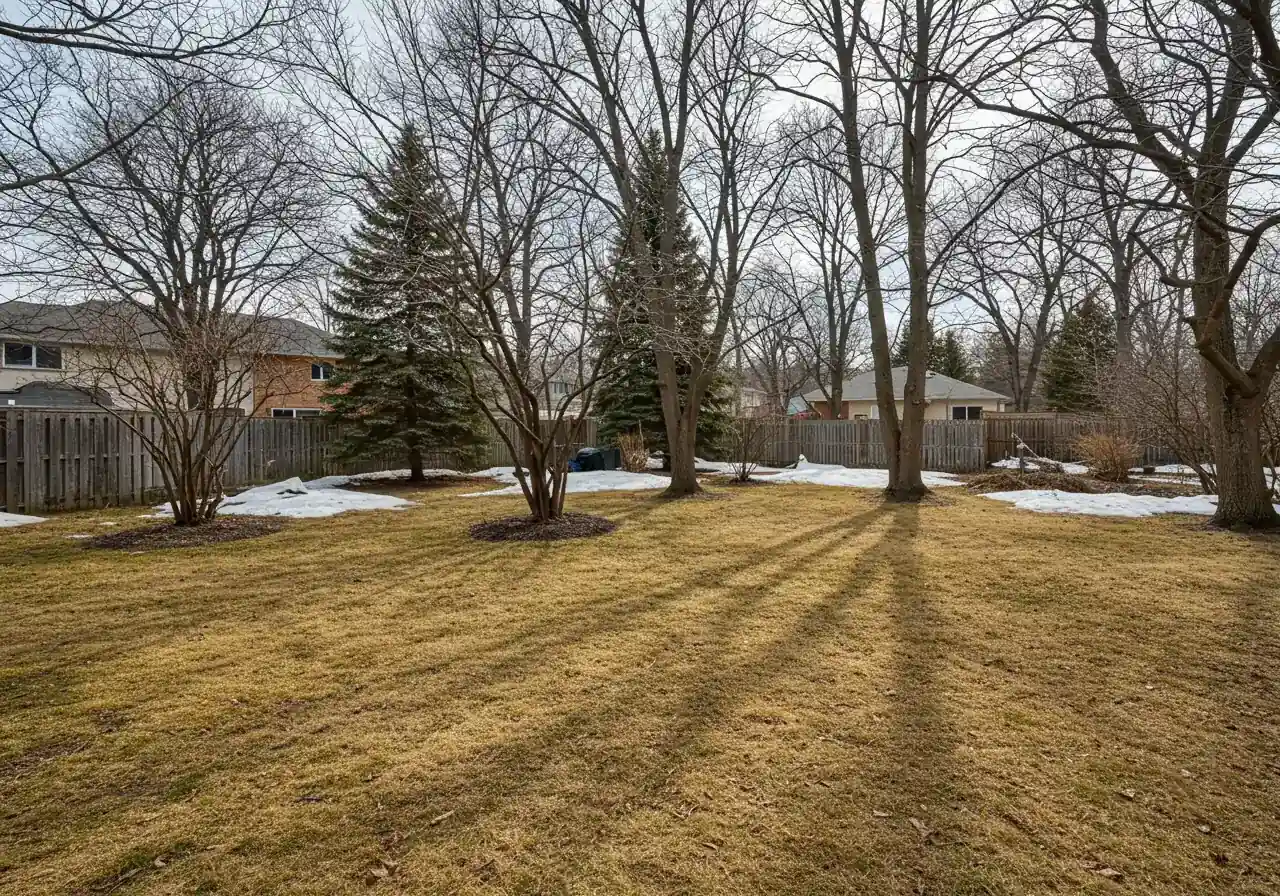
Think of early spring in Ottawa, just after the big melt, as the "golden hour" for planning your landscape. Why? Because everything is laid bare! Before the perennials pop up and the leaves return, you get an honest, unobstructed look at your yard's structure – the good, the bad, and maybe even the soggy. This is the perfect time to spot drainage issues, assess winter damage to shrubs or trees, check the condition of your garden beds, and really see the "bones" of your property. Seeing the yard in this state makes planning much more effective. It’s like getting a clean slate before the masterpiece begins.
Let's be honest, Ottawa’s growing season feels shorter than a squirrel's attention span sometimes. Spring gives us this crucial window to plan *before* the planting frenzy starts. If you wait until June, you might find nurseries picked over and the best landscape professionals booked solid. Planning now lets you thoughtfully choose the right plants for our specific climate (goodbye, frost-sensitive impulse buys!), design layouts that actually work for your space, and address potential problems proactively. For instance, planning ahead allows you to incorporate smart solutions like Nepean boxwood blight prevention strategies if those lovely shrubs are part of your vision, or consider preventative plant healthcare tips for Russell gardens to ensure long-term success.
Booking a landscape consultation in spring means you get ahead of the rush. You have time to discuss ideas, refine your vision, and get on the schedule. Maybe you noticed some winter debris or damage once the snow cleared? Addressing this early, perhaps even with a thorough Kars spring property cleanup, sets the stage for new projects. Spring planning is also the perfect time to gather inspiration – perhaps you’re intrigued by space-saving creative garden art techniques in Barrhaven or want to explore unique espalier garden ideas for Winchester.
Acting during this spring planning window gives you the breathing room to make smart decisions, secure resources, and line up any help you might need. Feel free to explore our landscaping services to see how we can partner with you. Don't let the short season sneak up on you – use this golden hour to plan your best Ottawa landscape yet!
Oops! Dodging the Dozen Landscaping Don'ts (Especially in Our Clay!)
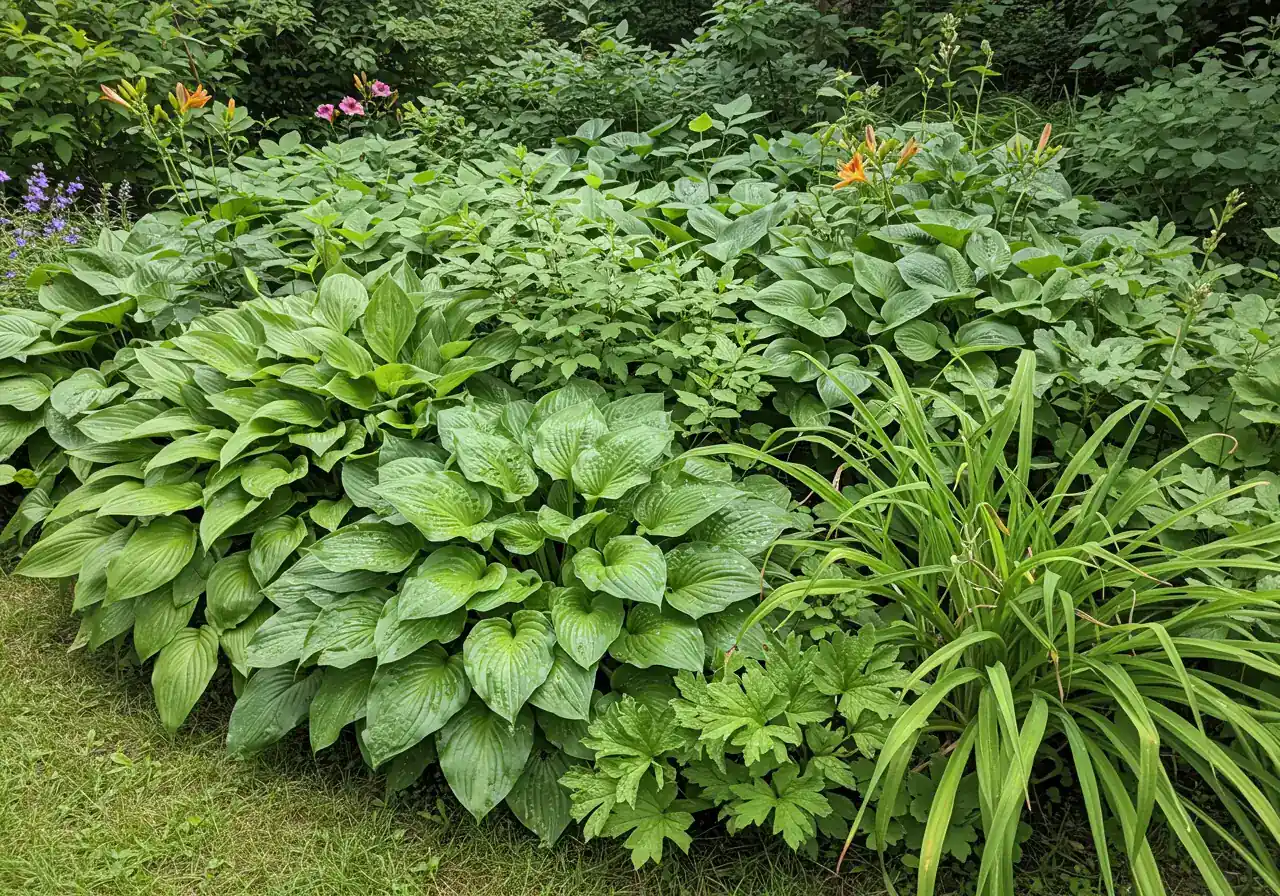
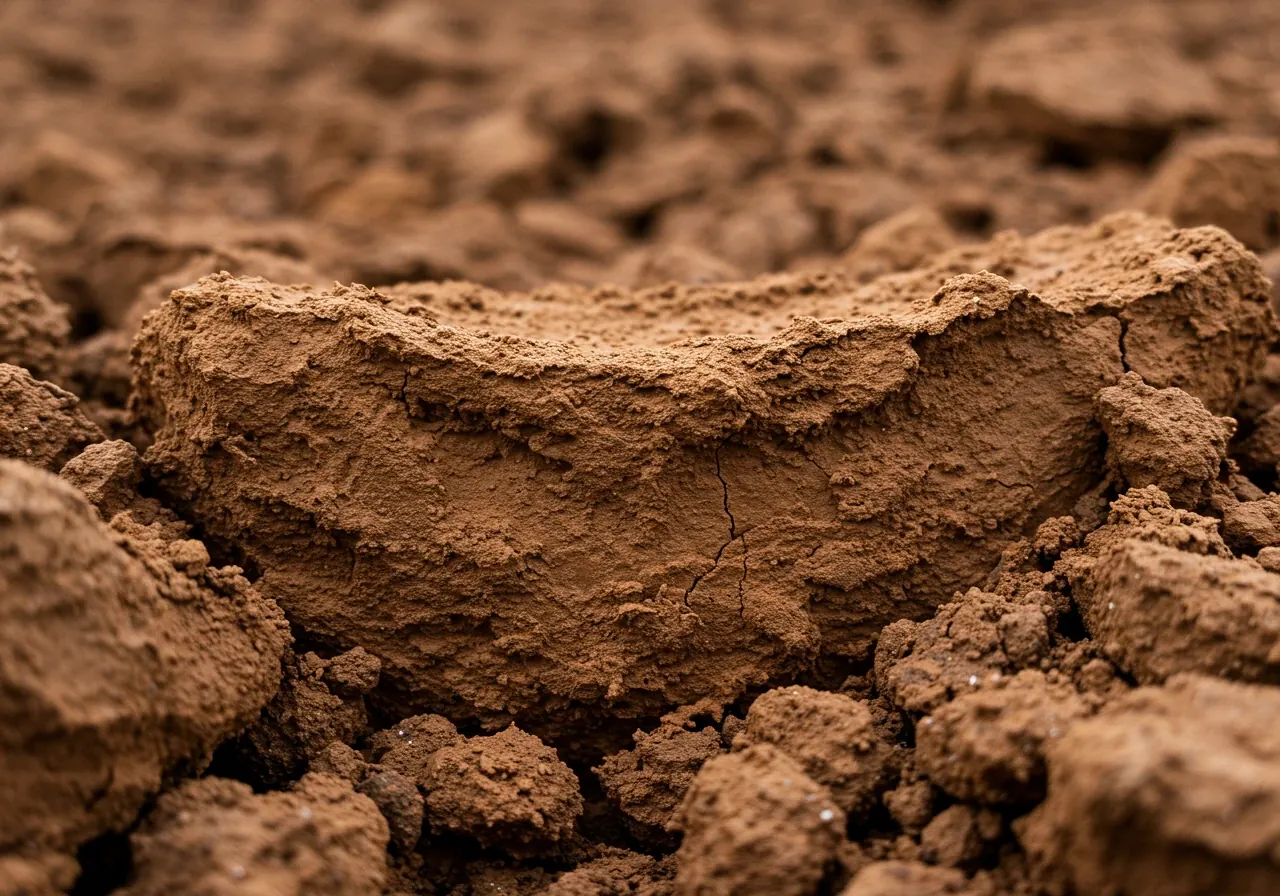
Okay, let's talk about those landscaping oopsie-daisies. We've all been there – maybe inspired by a stunning garden show or a Pinterest board, we dive headfirst into a yard project, only to realize… well, it’s not quite working out. Especially here in Ottawa, where our soil often has the delightful consistency of modeling clay left out to dry, a few common slip-ups can turn garden dreams into muddy messes. Avoiding these "don'ts" saves time, money, and maybe a few frustrated groans.
Here are some classic blunders we see (and help fix!):
- Ignoring the Clay Colossus: Ah, Ottawa clay. It holds water like a bathtub in spring and cracks like desert earth in summer. A huge mistake is planting things that hate "wet feet" without improving drainage or amending the soil. Think sad, waterlogged shrubs or perennials that just give up. Digging planting holes in pure clay without adding compost or other organic matter is like putting a plant in a clay pot *with no drainage hole*. It rarely ends well. Proper soil preparation is *key*.
- Playing Drainage Roulette: Where does all that spring snowmelt go? If your yard slopes *towards* your house or your downspouts dump water right beside the foundation, you're asking for trouble. Poor grading is a common issue, leading to soggy lawns, drowned plants, and potentially even basement leaks. This is especially important in areas with significant spring runoff. Consider consulting resources like the Rideau Valley Conservation Authority (RVCA) for watershed health information.
- Wrong Plant, Wrong Place (The Zone 5 Blues): Falling in love with a gorgeous plant at the nursery without checking its hardiness zone or light needs is a recipe for disappointment. Ottawa (mostly Zone 5a, sometimes nudging 4b) has cold winters! That beautiful tropical hibiscus might look great for a month, but winter will have the last laugh. Likewise, planting shade-lovers in scorching sun (or vice-versa) stresses plants out.
- The Overcrowding Calamity: It's tempting to plant densely for instant impact, but plants need room to grow! Jamming them together leads to poor air circulation (hello, diseases!), competition for water and nutrients, and eventually, a tangled jungle that needs major intervention. Give your green friends some personal space.
- Forgetting Future You (Maintenance Amnesia): Creating a stunning landscape is one thing; keeping it looking good is another. Choosing high-maintenance plants or designs when you have limited time (or desire) for upkeep leads to overgrown beds and weedy patches. Sometimes, a good seasonal tidy-up is essential. If things get out of hand, services like a professional property clean up can reset the stage. We offer this across the city, providing reliable city yard cleanup service when you need it.
- DIY Disasters: While some DIY is great, attempting complex hardscaping like retaining walls or patios without the right knowledge can lead to wonky, unsafe results that cost more to fix than professional installation. Check City of Ottawa guidelines for when permits might be needed. We've seen it happen, sometimes requiring a significant Kars property cleanup service or Metcalf yard cleanup service just to deal with the aftermath!
How do you dodge these landscape landmines? A spring consultation! We can walk your property, identify potential issues like clay soil challenges or drainage problems common in neighbourhoods from Metcalfe to Barrhaven, discuss suitable plants, and help you plan a project that avoids these common mistakes *before* you start digging. Getting expert eyes on your yard early saves headaches later. When you request an estimate, we genuinely appreciate it if you take a moment to provide estimate feedback, as it helps us improve. Ready to plan smarter, not harder? Let's chat! We always like to say thank you for choosing to make your yard beautiful the right way.
Your Spring Consultation Journey: From Mud Puddles to Master Plan
Okay, so you've survived another Ottawa winter, stared down those inevitable spring mud puddles, and now you're dreaming of a gorgeous yard. But where do you even begin? That's where our spring landscape consultation comes in – think of it as your friendly guide from soggy lawn to stunning master plan. It’s way less intimidating than it sounds, we promise! Especially for homeowners in Kars, Kenmore, or Russell, getting some local know-how can make all the difference.
1. The Friendly First Chat
It starts when you reach out. We'll have an initial conversation (phone/email) to grasp your vision, needs, and any current yard frustrations.
2. The Grand Tour (Your Yard)
We meet at your property for a detailed walk-through. We assess sun, soil, drainage, existing plants, problem spots, and your lifestyle needs (entertaining, kids, pets).
3. Brainstorming Bonanza
Collaboration time! We discuss plant options suited for Ottawa, layout ideas, hardscaping possibilities, budget, and realistic garden maintenance levels.
4. Putting Pen to Paper
We deliver recommendations: sketches, plant lists, or concept plans/estimates. We'll outline next steps, whether it's scheduling work like mulching and edging or starting with a property cleanup.
Here’s a peek at what your consultation journey looks like:
- The Friendly First Chat: It all starts when you reach out. We'll have an initial conversation (phone or email) to get a basic feel for what you're looking for. Are you dreaming of vibrant perennial gardens, a low-maintenance oasis, fixing drainage issues, or maybe just figuring out what *to* do? No pressure, just tell us your hopes and maybe your frustrations! This helps us prepare for the next step.
- The Grand Tour (Your Yard Edition): This is where we meet you on your turf – literally! We'll walk your property together. This isn't just a casual stroll; we're looking at *everything*. Sun exposure, soil type (hello, clay!), water flow, existing plants you love (or loathe), problem spots, and those hidden potentials you might not even see. We’ll discuss your lifestyle – do you entertain? Have kids or pets? How much *ongoing garden maintenance* are you realistically up for? We want the final plan to fit *you*. If things look a bit wild after winter, we might identify the need for a good starting point, like a thorough comprehensive property cleanup like we offer in Marionville or perhaps a more focused garden bed revival similar to our Metcalfe garden clean up service.
- Brainstorming Bonanza: Backed with insights from the walkabout, we start tossing ideas around *with* you. This is a collaboration! We’ll suggest plant types suited for our Ottawa climate, talk about layout options, maybe discuss hardscaping elements, and consider practical things like budget and phasing. Need ideas for keeping those garden edges sharp? We can chat about incorporating professional mulching and edging into the plan. We aim to blend your vision with our expertise to create something beautiful *and* practical.
- Putting Pen to Paper (or Pixels to Screen): Based on our discussion, we'll pull together the recommendations. This might be a simple sketch and plant list for smaller projects, or a more detailed concept plan and estimate for larger transformations. We’ll outline potential next steps, whether it's scheduling the work, planning for long-term care via a regular city garden maintenance service, or perhaps just starting with an initial city yard cleanup service to clear the decks.
The goal? To leave you feeling confident, informed, and excited about your yard's potential. Our spring consultation is designed to demystify the landscaping process, helping you avoid costly mistakes and turn those muddy spring patches into the beautiful, functional outdoor space you deserve. It’s the first step towards making your Kars (or anywhere across Ottawa like in our Ottawa yard cleanup service areas!) yard truly shine.
Common Spring Tasks
Spring is prime time for cleanup, pruning, and bed preparation. Tasks often include:
- Removing winter debris and dead plant matter (garden clean up).
- Pruning shrubs and trees damaged over winter.
- Edging garden beds for a crisp look (mulching and edging).
- Applying a fresh layer of mulch to retain moisture and suppress weeds.
- Early lawn care like aeration or dethatching.
Planting Considerations
Choosing the right plants and planting them correctly is crucial:
- Select plants suitable for Ottawa's Zone 5a/4b climate and your specific light/soil conditions.
- Proper soil preparation (amending clay!) is vital for root establishment.
- Consider mature plant size to avoid overcrowding later.
- Wait until the risk of frost has passed (late May) for tender annuals.
- Explore professional garden installation for best results.
Hardscape Prep
Spring is also a good time to assess and plan hardscaping:
- Check patios, walkways, and retaining walls for winter damage.
- Clean hard surfaces.
- Plan new hardscape projects before the ground gets too hard in summer.
- Ensure proper drainage away from structures.
- Major projects may require permits - always check!
Greening Up Your Greenspace: Eco-Friendly Landscaping for a Healthier Ottawa
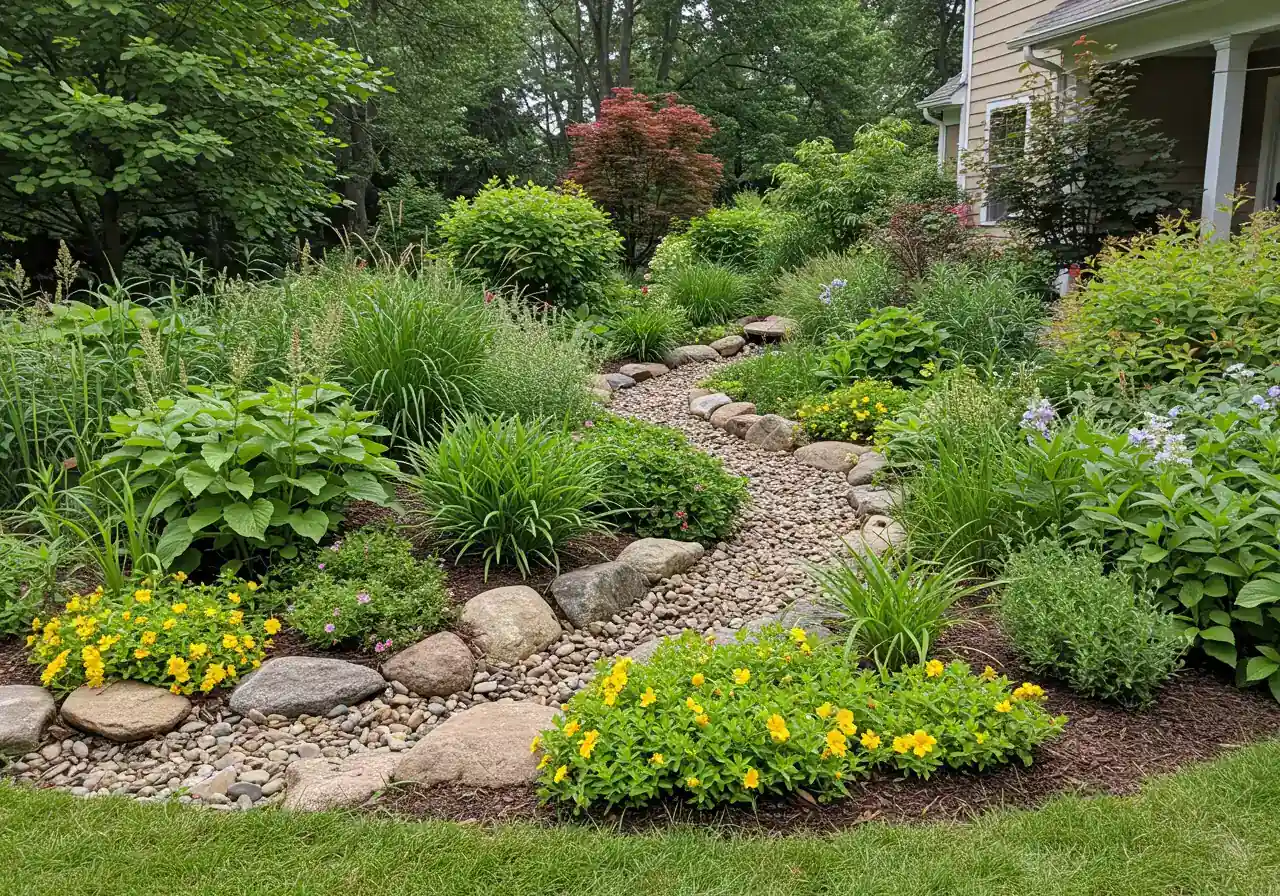
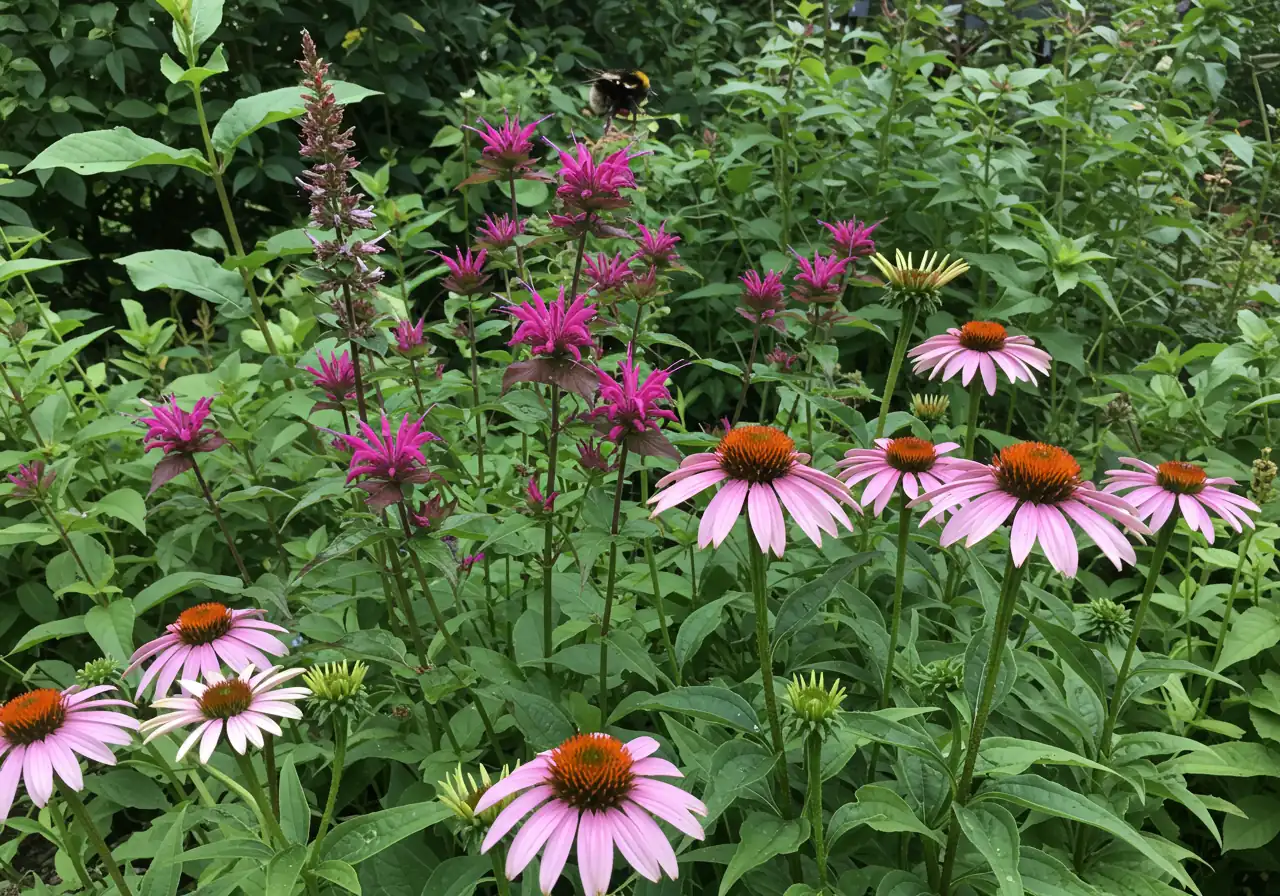
Want a gorgeous yard that Mother Nature gives you a high-five for? Eco-friendly landscaping isn't just about feeling good (though that's nice!), it's about creating outdoor spaces that work *with* our local Ottawa environment, not against it. Think less work, lower water bills, and a healthier patch of planet earth right outside your door, whether you're in Barrhaven, Manotick, or anywhere in between! You can also check out resources from groups like the Master Gardeners of Ottawa-Carleton for local planting advice.
So, how do you green up your greenspace?
- Embrace the Locals (Native Plants, That Is): Plants that naturally evolved here are superheroes! Native species like Purple Coneflower, Wild Geranium, or Serviceberry are already adapted to Ottawa’s sometimes wacky weather and clay-ish soil. This means they usually need less water, less fertilizer, and less fuss overall once established. They also provide food and habitat for local birds and pollinators – it’s like rolling out the welcome mat for butterflies! Choosing the right ones is key, and expert native plant garden installation ensures they get the best start.
- Be Water Wise: We get plenty of rain sometimes, and other times... crickets. Conserving water is smart landscaping. Consider installing a rain barrel to catch runoff for watering plants. Choose drought-tolerant plants (hello again, natives!) for sunny, dry spots. Water deeply but less often to encourage strong roots. Simple changes can make a big difference to your water bill and help conserve our precious resources. Sometimes, preparing for water-wise planting means removing old, thirsty landscaping first; a thorough property cleanup service, like we offer in Metcalfe, can clear the way.
- Manage Stormwater Smartly: Instead of letting rainwater rush off your property, carrying pollutants into local streams and the Rideau River, give it places to soak in. Rain gardens (shallow planted areas designed to hold water temporarily) are fantastic for this. Using permeable pavers for patios or walkways also helps. It’s about slowing water down and letting the earth filter it naturally. If you're starting fresh, maybe after a thorough yard cleanup in areas like Marionville cleared overgrown areas, it's the perfect time to plan for better drainage.
- Feed Your Soil (The Good Stuff): Healthy soil is the foundation of a healthy, low-maintenance garden. Adding compost improves structure (especially in our clay!), boosts nutrients, and helps retain moisture. Skip the harsh chemical fertilizers and pesticides whenever possible. Healthy plants grown in good soil are naturally more resistant to pests and diseases. This approach often leads to less intense ongoing garden care and maintenance needs down the road. Our privacy policy outlines how we handle your information when you engage our services.
Incorporating these eco-friendly ideas might seem daunting, but it doesn't have to be! A professional consultation can help you choose the right native plants for your specific yard conditions, design a water-wise layout, or plan for better soil health. We love helping Ottawa homeowners create beautiful, sustainable landscapes. You can even check out some stunning eco-conscious landscape transformations we've completed for inspiration. Ready to go green? Reach out to discuss your eco-friendly landscape ideas and let's build a healthier yard together!
Example Spring Project Focus Areas (by Effort %)
Note: Effort distribution varies greatly by project.
Highlight Box: Start Smart Secrets
Want a fantastic Ottawa yard without the usual spring scramble and oops-moments? Start smart! Here's the scoop:
- Plan Early, Win Big: Spring's bare landscape is perfect for spotting issues and planning effectively *before* the planting rush. Don't wait!
- Dodge Disasters: Avoid costly mistakes like fighting clay soil unprepared or choosing plants doomed for our climate. Expert advice prevents headaches.
- Get Realistic Guidance: A consultation tailors ideas to *your* yard, budget, and how much upkeep you *really* want, ensuring a beautiful AND manageable result. Learn about us and our approach. Check out our reviews on Google!
- Clear the Canvas: Sometimes the best plan starts with a clean slate. An initial Ottawa garden clean up service or a full city property cleanup service prepares your space. We even offer specific area services like the Metcalf property cleanup service to get things ready, setting the stage for ongoing beauty including proper lawn care.
Your Ottawa Spring Landscaping Questions Answered (FAQ)
Patience is key in Ottawa! While you might feel eager once the snow melts, wait until the risk of frost has truly passed – usually around the Victoria Day long weekend (late May). Planting too early exposes tender plants to damaging cold snaps. Check the long-range forecast, and remember, the soil needs to warm up too for happy roots!
It depends on the damage! If you have large bare patches or the grass is very thin overall, especially in sunny areas, opting for professional quality sod installation provides instant results and a lush lawn faster. For minor thinning or smaller spots, overseeding combined with proper soil prep and watering can work wonders over time. Assess the extent of the winter wear-and-tear first.
Don't despair about clay! Many tough beauties thrive here. Consider Daylilies (Hemerocallis), Hostas (great for shade!), Peonies, Purple Coneflower (Echinacea), and Black-Eyed Susans (Rudbeckia). Improving the soil with compost always helps, but these guys are generally forgiving. Our team can help with plant and suitable landscaping material selection for tricky spots.
Generally, no permit is needed for basic planting, mulching, or minor garden bed adjustments. However, larger projects like building decks over a certain height, significant retaining walls, installing pools, or major grading changes often *do* require city permits. Always best to check the City of Ottawa website or consult with us. Our basic service commitments are outlined in our terms and conditions.
First, resist working wet soil – wait until it crumbles easily. Remove any lingering winter debris like dead leaves and stalks; this is often part of a good general city garden clean up service. Gently loosen the top few inches of soil with a fork, mix in some compost to boost nutrients and structure (soil preparation is vital!), and rake it smooth. Now your beds are ready for planting!
Ah, the four-legged garden critics! Focus on deer-resistant plants – think fuzzy leaves (Lamb's Ear), strong scents (Lavender, Mint, Bee Balm), or prickly textures (Barberry). Fencing is the most reliable barrier, but repellents can help if reapplied regularly, especially after rain. Sometimes a good cleanup, like our detailed Marionville garden clean up service, removes tempting overgrown browse before you replant.
Conclusion: Plant Your Dreams, Not Disasters - Book Your Kars Consultation Today!
Well, there you have it! Spring in Ottawa is bursting with potential, and your yard deserves to shine, not cause headaches. Skipping the guesswork and common pitfalls – like battling clay soil unprepared or choosing plants that won't survive our winters – is easier than you think. A spring consultation is your secret weapon! It helps you plan smarter *before* you plant, saving you time, money, and maybe a few sighs of frustration. We'll help you craft a vision that suits your Kars or Manotick lifestyle, discover beautiful plants that *actually* thrive here, and even explore eco-friendly options for a healthier garden. Let's swap those potential landscaping disasters for delightful garden dreams this year!
Ready to get started on *your* beautiful outdoor space?
- Book your friendly, no-obligation Kars landscape consultation today! Let’s chat about your vision and how we can help. Contact Us Now!
- Explore our website to see inspiring projects and learn more about our full range of services across Ottawa South, from Greely to Osgoode and beyond.

